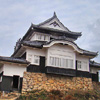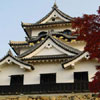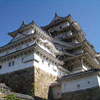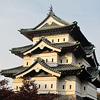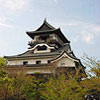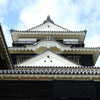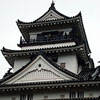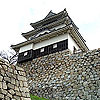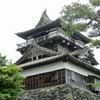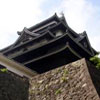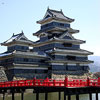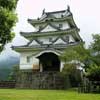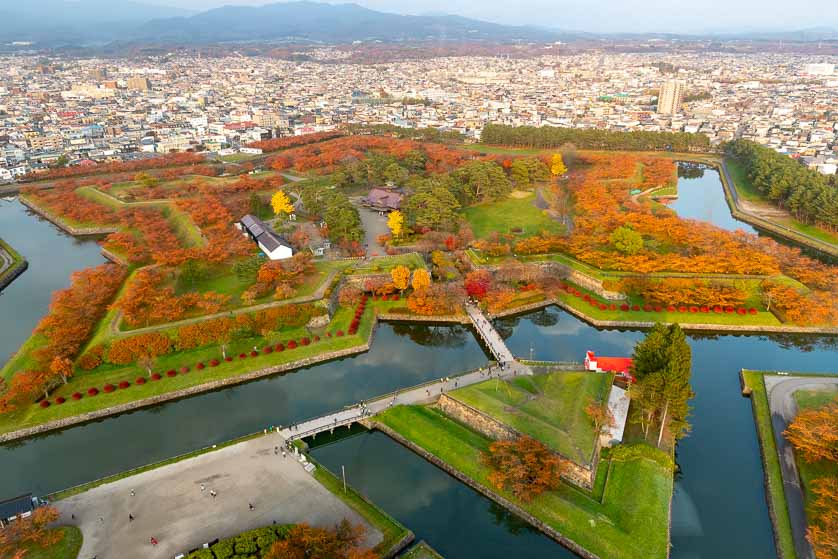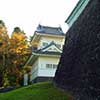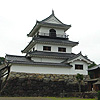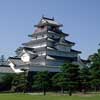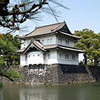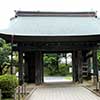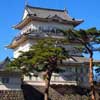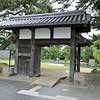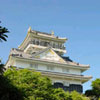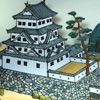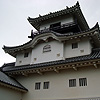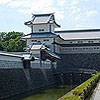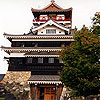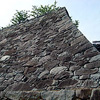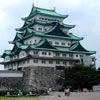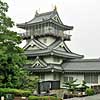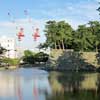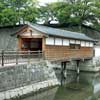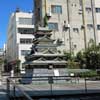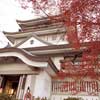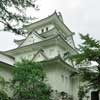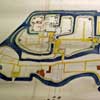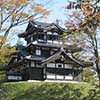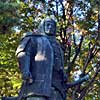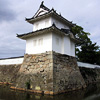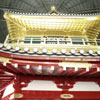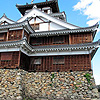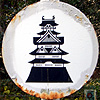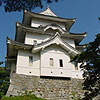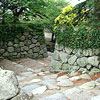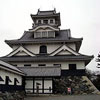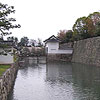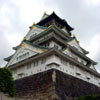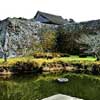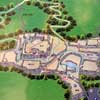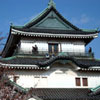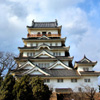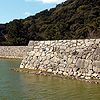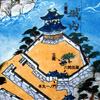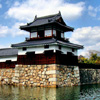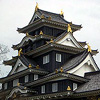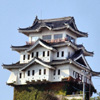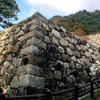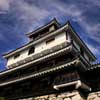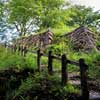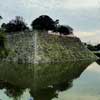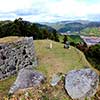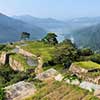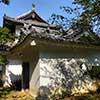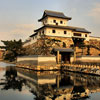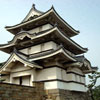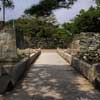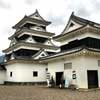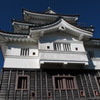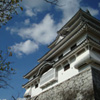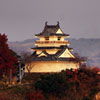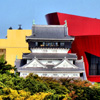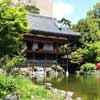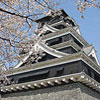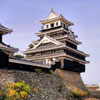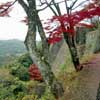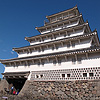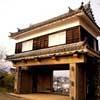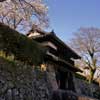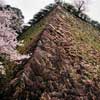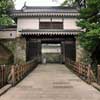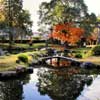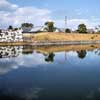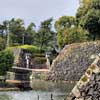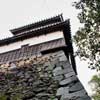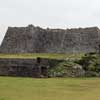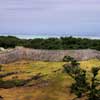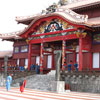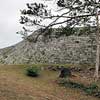Japanese Castles
- Published on : 25/11/2012
- by : Japan Experience
- Youtube
- Japan Castle History
- Features of Japanese Castles
- Japan's Original Castles
- Japan Castles in Hokkaido
- Japan Castles in Tohoku
- Japan Castles in Kanto
- Japan Castles in Chubu
- Japan Castles in Kansai
- Japan Castles in Chugoku
- Japan Castles in Shikoku
- Japan Castles in Kyushu
- Japan Castles in Okinawa
- Japanese Castle Glossary
- Japan Castle Map
- Japanese Castles Today
- Japan Castles Resources
Japanese Castle Guides 城

Osaka Castle seen against a dramatic sunset
Japan has hundreds of castles scattered throughout the country from Goryo-kaku in Hakodate, Hokkaido to Shuri Castle in Naha, Okinawa. Many Japanese castles have been restored after damage in World War II, some as recently as only 20 years ago; others are the original, historic buildings.
Japan Castle History
Much of Japan's medieval history took place behind the heavily fortified stone walls and wide moats of Japan's castles, which governed and protected the surrounding han (or, feudal domain, of which there were hundreds in Japan up until 1871) and housed the dominant samurai class.
Many of Japan's castles were built in the fifteenth and sixteenth centuries, when the country seemed constantly in a state of vicious warfare. Warlords such as Oda Nobunaga, Toyotomi Hideyoshi and Ieyasu Tokugawa are associated with many of the castles built in Japan in the medieval period known as the Sengoku Jidai or Warring States Period of around 1467-1615.
Japanese castle architecture developed at a pace during this era in response to new techniques in warfare and evolving technology - especially the arrival of firearms and cannon from Europe, which gave rise to the need for thick stone walls.
The towns which grew up around the fortresses in the Tokugawa period were peopled with merchants, artisans and entertainers, who serviced the feudal lord and his samurai community living behind the strong defenses of the castle walls.
Built at strategic points to protect the main highways connecting Japan's major cities (such as the Tokaido and Nakasendo), the cities themselves and the coastline, many old castle towns have developed into thriving, modern towns, while others have stagnated and remain backwaters.
Visiting any Japanese castle will transport the visitor back, however fleetingly to a pre-modern Japan of arms and armor, samurai and artisans.
Features of Japanese Castles
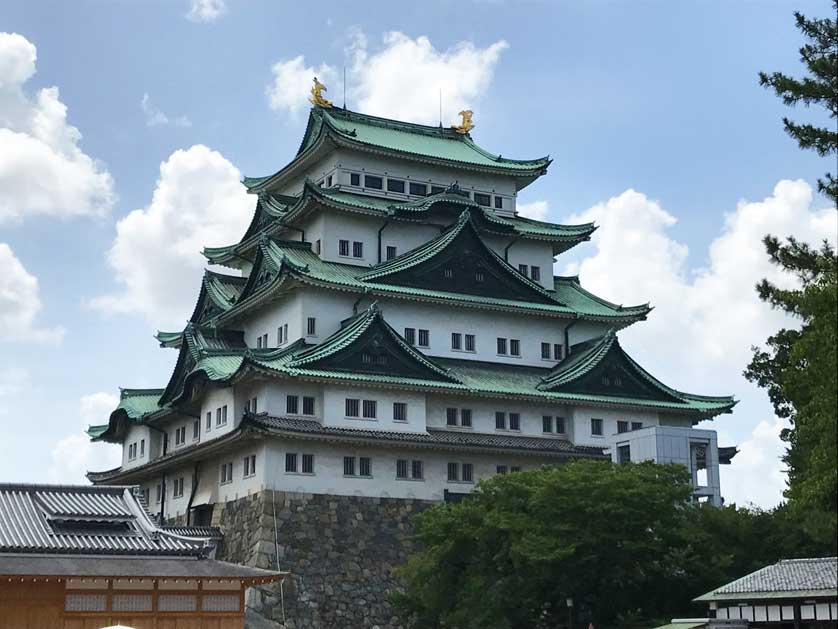
Nagoya Castle will replaced with a wooden castle more closely reflecting the original
Japanese castles have many similar forms, but layouts differ between individual castles. Shared architectural features may include a defensive moat (hori) stocked with lazy, over-fed carp; thick stone walls seen at their massive best at Osaka Castle and Nagoya Castle; shooting holes for arrows and guns; stone-dropping windows; and a complex inner layout to confuse intruders.
Apart from the stone walls, Japanese castle buildings were built of wood making them particularly prone to fire. White plaster-covered mud walls were the preferred method of protection from fire.
Japanese castles were laid out in compounds or circles (maru in Japanese). The inner circle was called the hon-maru and the second the ni-no-maru and so on. The common Japanese place name Maru-no-uchi refers to an area within the castle walls.
The tenshu was the central building in the castle and was the command post in the time of war. This part of the castle was multi-storied often with curved, tiled roofs and sumptuous decoration.
Early Japanese castles such as Kumamoto Castle and Okayama Castle tended to have lacquered, black wooden walls, whereas later castles such as Hikone Castle and Himeji Castle reinforced their outer walls with white plaster coverings to protect from fire. Another theory is that black castles were built by followers of Hideyoshi Toyotomi, whereas white was predominant among the supporters of Tokugawa Ieyasu. Many Japanese castles use both colors as part of their general design for purely aesthetic reasons.
Japan's Original Castles
Japan's dozen original castles are Bitchu-Matsuyama Castle in Okayama Prefecture, Hikone Castle in Shiga Prefecture, Himeji Castle in Hyogo Prefecture, Hirosaki Castle in Aomori Prefecture, Inuyama Castle in Aichi Prefecture, Iyo Matsuyama in Ehime Prefecture, Kochi Castle in Kochi Prefecture, Marugame Castle in Kagawa Prefecture, Maruoka Castle in Fukui Prefecture, Matsue Castle in Shimane Prefecture, Matsumoto Castle in Nagano Prefecture, Uwajima Castle in Ehime Prefecture.
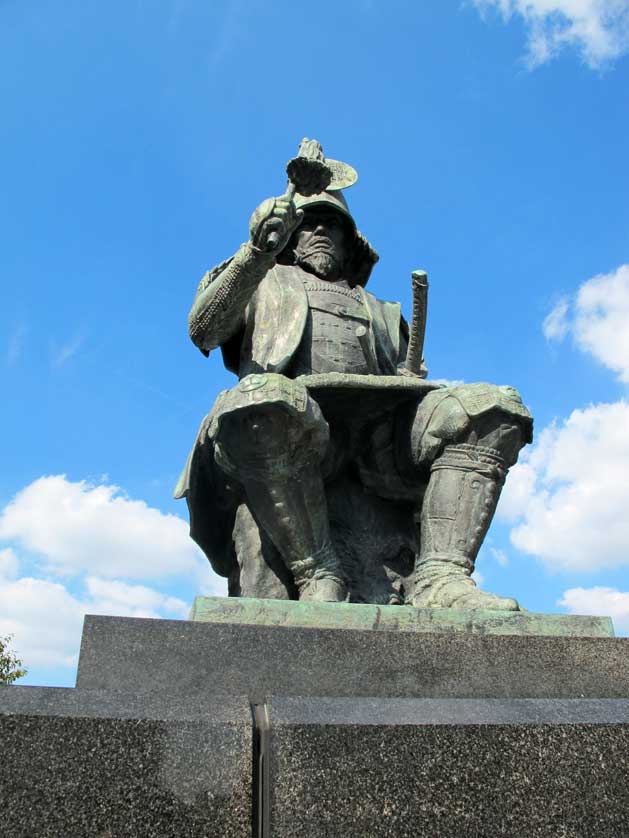
Statue of master Japanese castle architect Kato Kiyomasa who worked on both Kumamoto and Nagoya castles
Japan Castles in Hokkaido
The role of Hokkaido in Japanese history does not go back very far compared with Japan's more southern regions, and Hokkaido has never had a large population concentration, which explains the fewer number of Japanese castles in Hokkaido compared to many other areas of Japan.
Japan Castles in Tohoku
Japan's Tohoku (i.e., north-eastern) region has one original castle: Hirosaki Castle, and some interesting reconstructed castles.
Japan Castles in Kanto
The Kanto region is Japan's modern center of government and finance, but has enjoyed this status for only the past three centuries. So while the Kanto region does have some beautiful castles, they are not as plentiful as they are further west. However, the site of Edo Castle is arguably the nation's most prestigious, as it is now the home of the Emperor of Japan. The Edo Castle site, occupying the very center of Tokyo, is known as Kokyo.
Japan Castles in Chubu
Japan's Chubu region was a center of shogunate power, reflected in the number of famous old castles here some of them built by the "Three Unifiers" namely Oda Nobunaga, Toyotomi Hideyoshi and Tokugawa Ieyasu.
Japan Castles in Kansai
The three historically important cities of the Kansai region are Osaka, Nara and Kyoto, and each has a long, distinguished history in terms of trade, politics, religion and cultural pursuits. The region's many centuries as the seat of government have endowed it with a rich castle heritage. Hikone and Himeji Castles are originals.
Japan Castles in Chugoku
The western Chugoku region of Japan has been the scene of numerous power struggles throughout Japan's history, a fact reflected in its many castles. Two of the castles in this area are originals: Bitchu Matsuyama Castle in Okayama Prefecture and Matsue Castle in Shimane Prefecture.
Japan Castles in Shikoku
The island of Shikoku has a rich castle heritage, with no less than four of Japan's twelve extant original castles open to visitors: Iyo Matsuyama Castle and Uwajima Castle in Ehime Prefecture, Kochi Castle in Kochi Prefecture and Marugame Castle in Kagawa Prefecture.
Japan Castles in Kyushu
Kyushu is the Japanese island closest to the Asian mainland and as such was the gateway to the influx of Asian cultural influence in Japan. This important role is reflected in the island's many castles, which are also testament to the domestic political struggles between Japan's old domain lords.
Japan Castles in Okinawa
Okinawa is a relative newcomer to Japan's history and its castles retain the unique style of the Ryukyu Kingdom, which enjoyed about four centuries of relative independence until the 19th century when it became officially part of Japan.
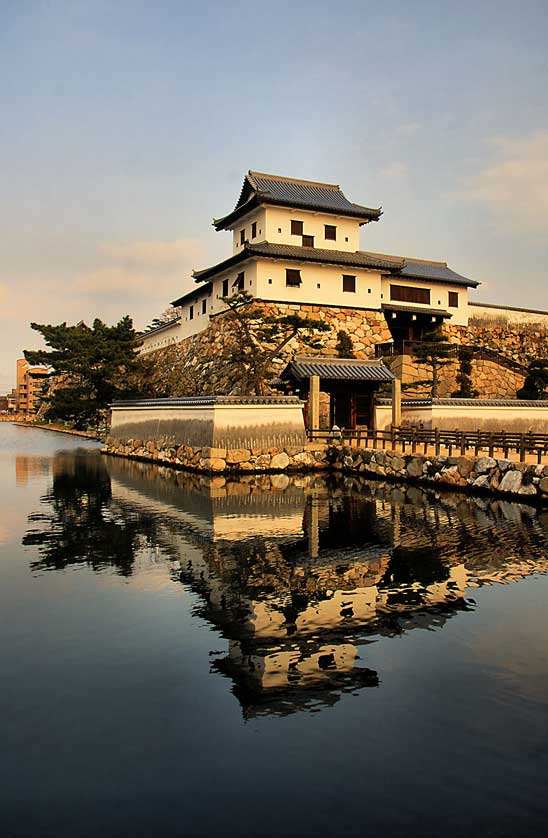
A view of the walls, moats and castle buildings of Imabari Castle, Ehime Prefecture
Japanese Castle Glossary
Hirajo refers to a fortress built on a plain, fujo is a lake side castle and yamashiro is a castle on top of a hill or mountain. The latter is a common Japanese family name.
Dorui - earthworks - banks made of earth were the forerunners of stone walls in Japanese castles.
Ido - or well. Castle grounds usually had several wells within their walls so defenders could access an adequate supply of fresh water.
Ikkoku Ichijo ("One province, one castle") edict of 1615 - limiting one feudal domain to one castle enacted by the Tokugawa regime to limit threats to its hegemony.
Ishibei - thick sloping stone walls are a feature of many Japanese castles often surrounded by a wide hori, or moat.
Jokamachi are Japanese castle towns many of which are major towns and cities to this day.
Koguchi - is the main entrance to a Japanese castle.
Kura - storehouses for food, water and other provisions protected from fire with mud and plaster walls.
Kuruwa - refers to the walls of Japanese castles and the space enclosed by those walls.
Mon - castle gates were the weakest parts of the castle and were protected by a courtyard style barbican. Otemon is the front gate and karametemon is back gate.
Shachi are the mythical dolphin-like creatures on a castle's roof (often made of gold), believed to protect it from fire.
Shiro - is the name for castle in Japanese though the other reading of the kanji character is -jo, which is used as a suffix, hence Nagoya Castle is Nagoya-jo and Himeji Castle becomes Himeji-jo. Many castles were also given nicknames that represent their appearance, thus Himeji Castle was the "White Heron" Castle or Hakuro-jo and Matsumoto the "Crow" Castle or Karasu-jo.
Tenshu or tenshu kaku - this is the central tower, keep or donjon and was the most protected part of the castle. Arms and armor were stored here. The tenshu was usually three to five stories high, and there were often more floors inside than were visible from the outside to fool attackers.
Yagura - are watch towers set in the walls at strategic corners and were protected by mud walls at the top to protect the defenders.
Japan Castle Map
Japanese Castles Today
There is renewed interest in Japanese castles and a number of expensive restoration projects are ongoing such as at Nagoya Castle and Kumamoto Castle. A number of replica castles have also been built in Japan since the 1960s such as Onomichi Castle in Hiroshima Prefecture.
Japanese castles were the very symbol of a town's identity in the Edo period and local authorities are realizing their potential as draws for tourists. Frequently Japanese castles will feature song and dance routines by participants in period costume in an attempt to attract the tourist yen.
Japan Castles Resources
Japanese Castles A-Z Alphabetical List
Japan Castle Videos: Nagoya Castle
Book Hotel Accommodation in Japan Near Japanese Castles
Books on Japanese Castles
Recommended books on Japanese castles are the beautifully illustrated hardcover Castles of the Samurai by Jennifer Mitchelhill and the knowledgeable paperback Japanese Castles 1540-1640 by Stephen Turnbull. Stephen Turnbull is also the author of Japanese Castles in Korea 1592-1598, which concentrates on the castles built in Korea by Hideyoshi Toyotomi's invading army of the late 16th century.
Japan has hundreds of castles scattered throughout the country from Goryo-kaku in Hakodate, Hokkaido to Shuri Castle in Naha, Okinawa. Japanese castles are associated with ferocious samurai, ninja and great heroes of Japanese history.
